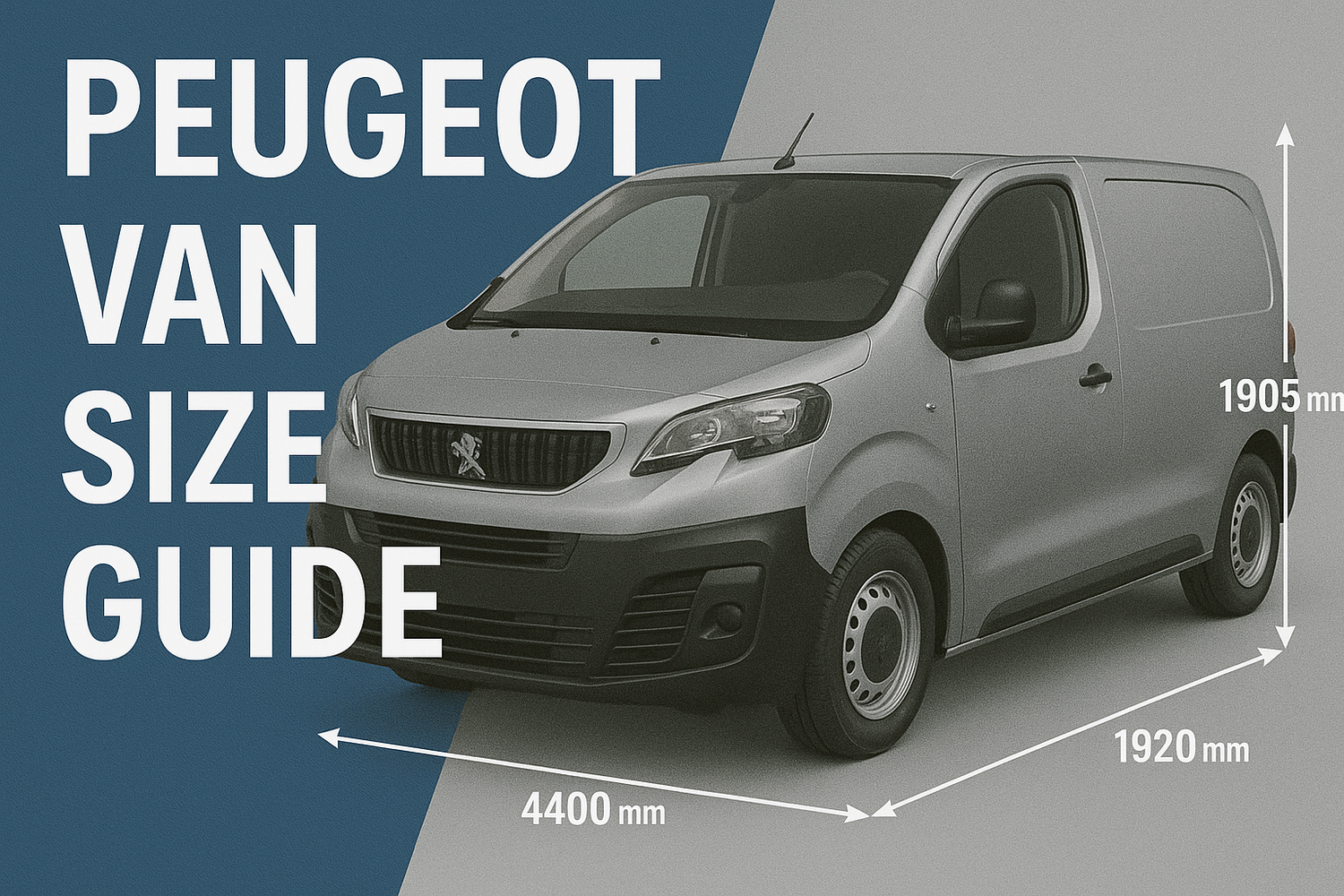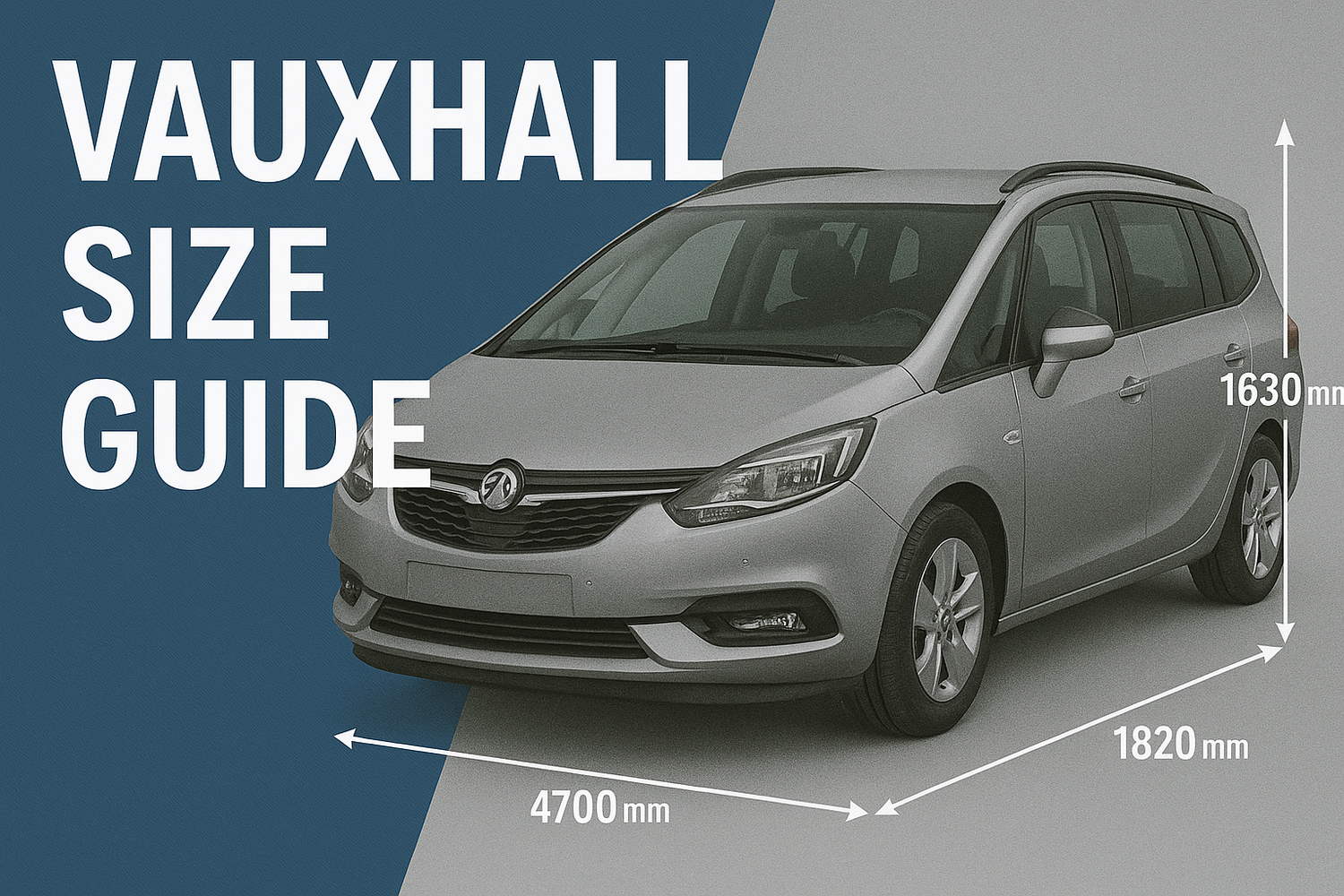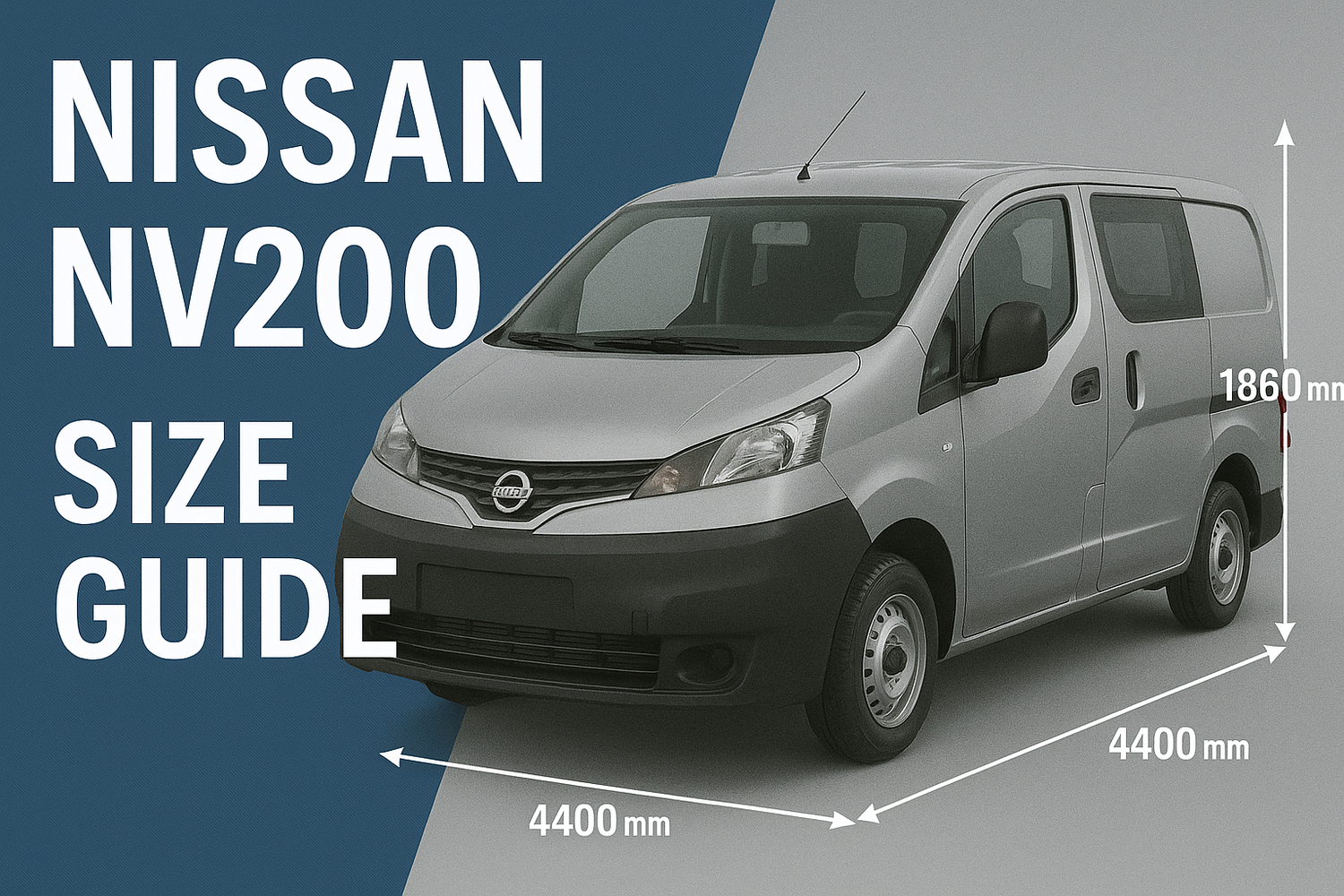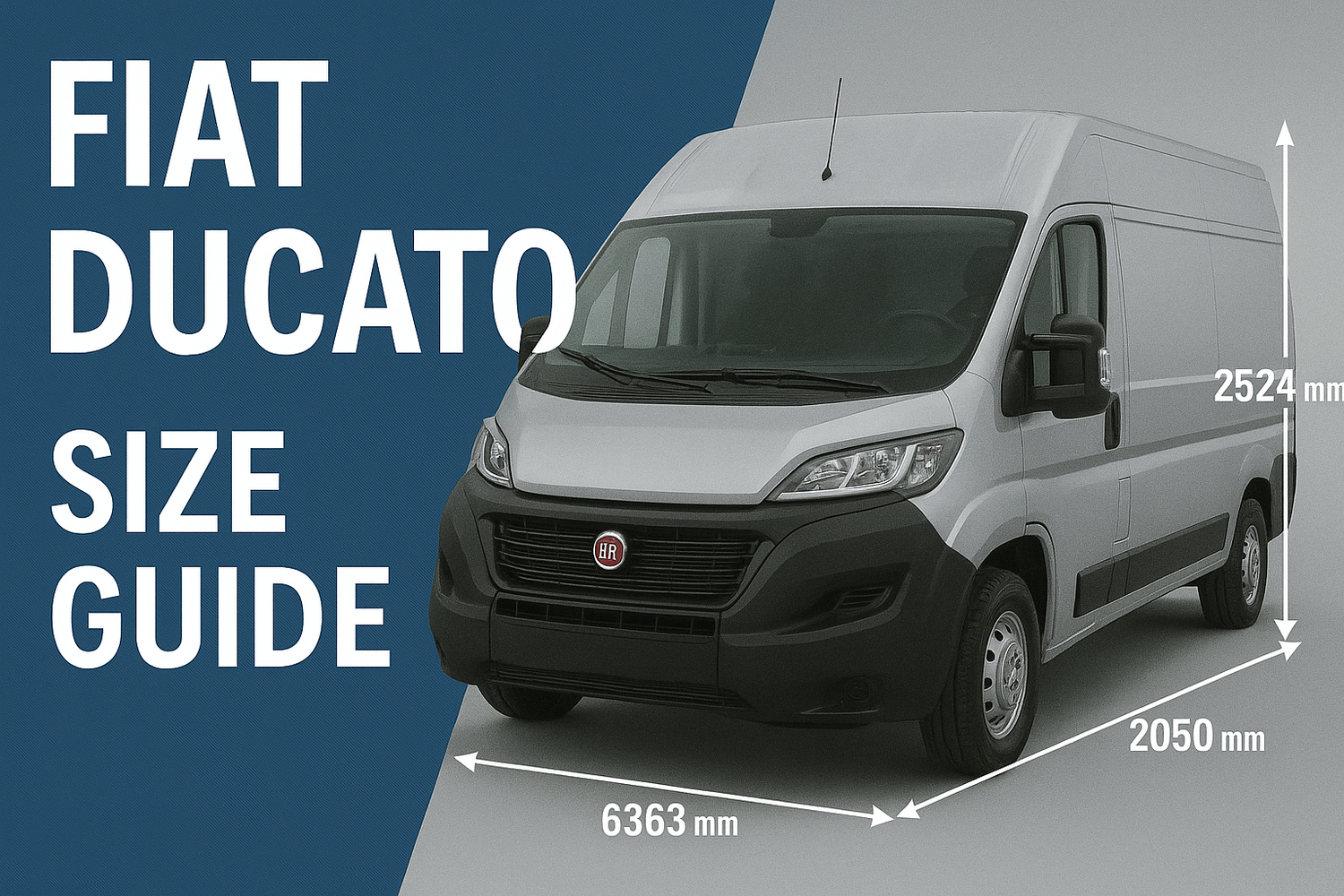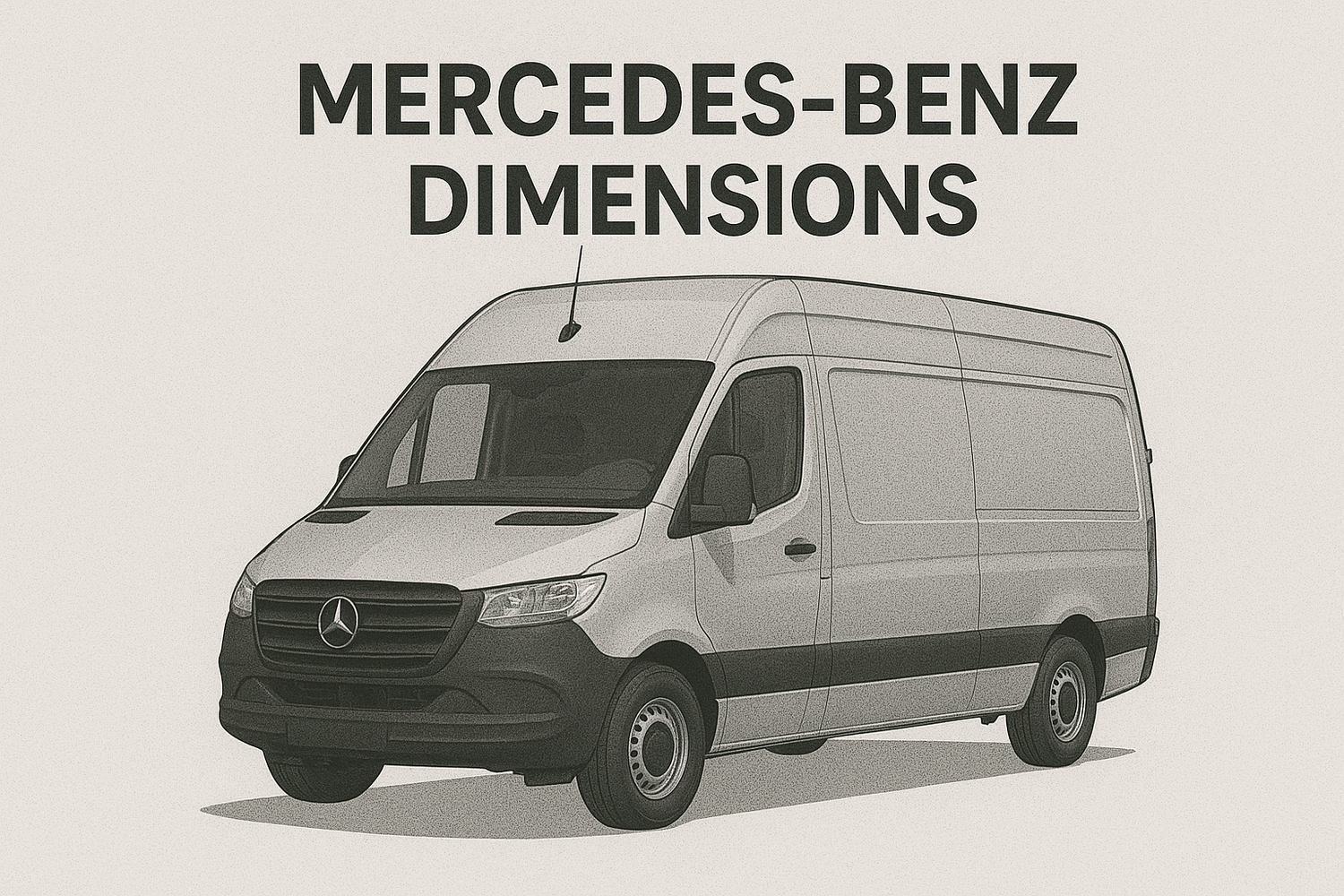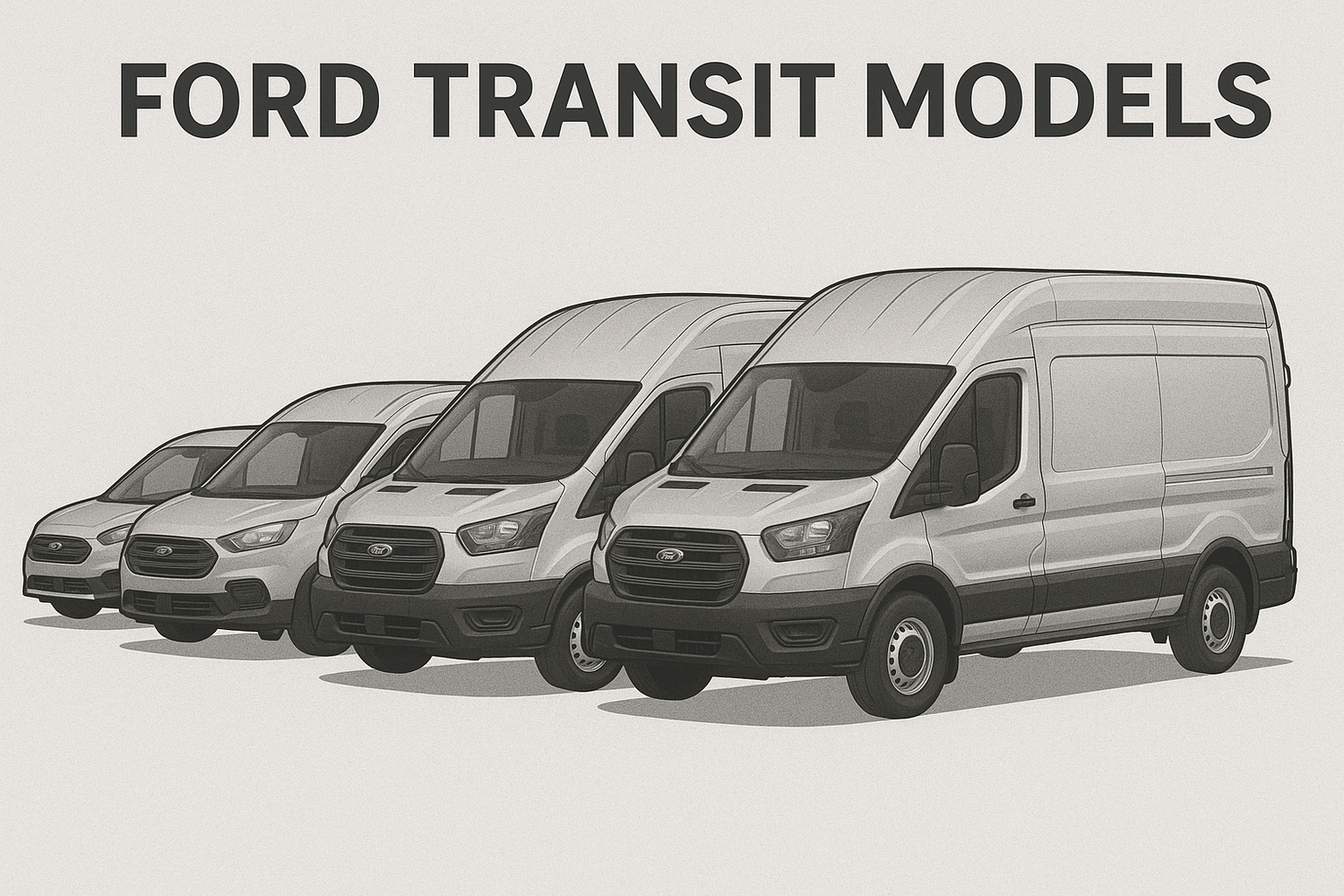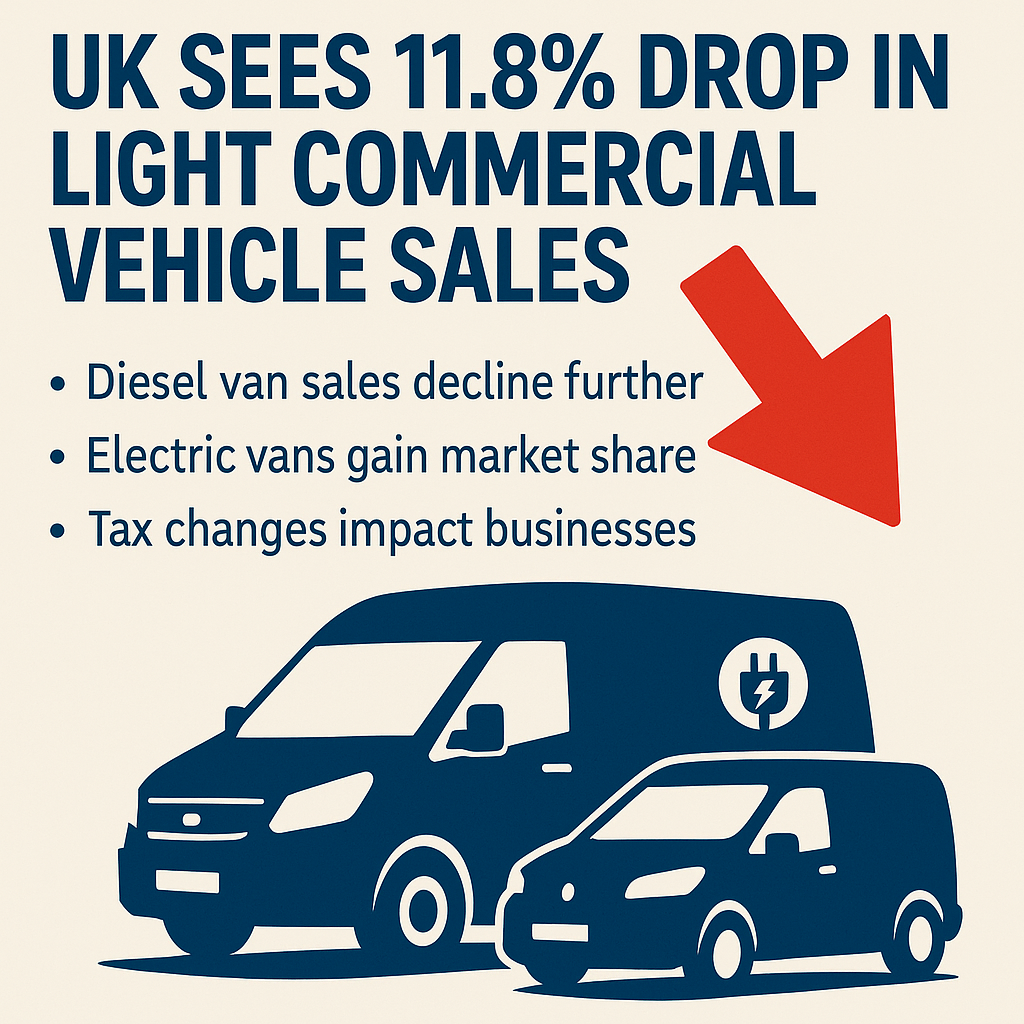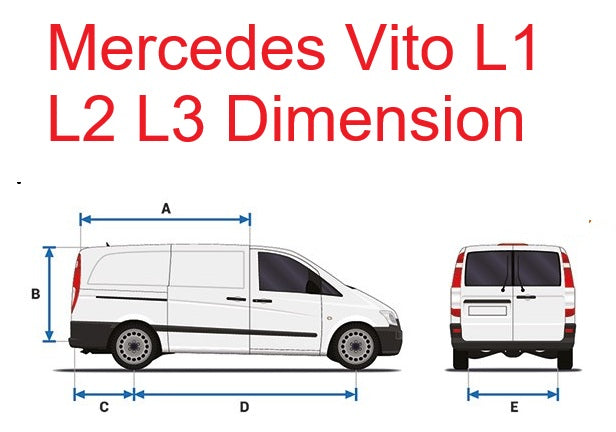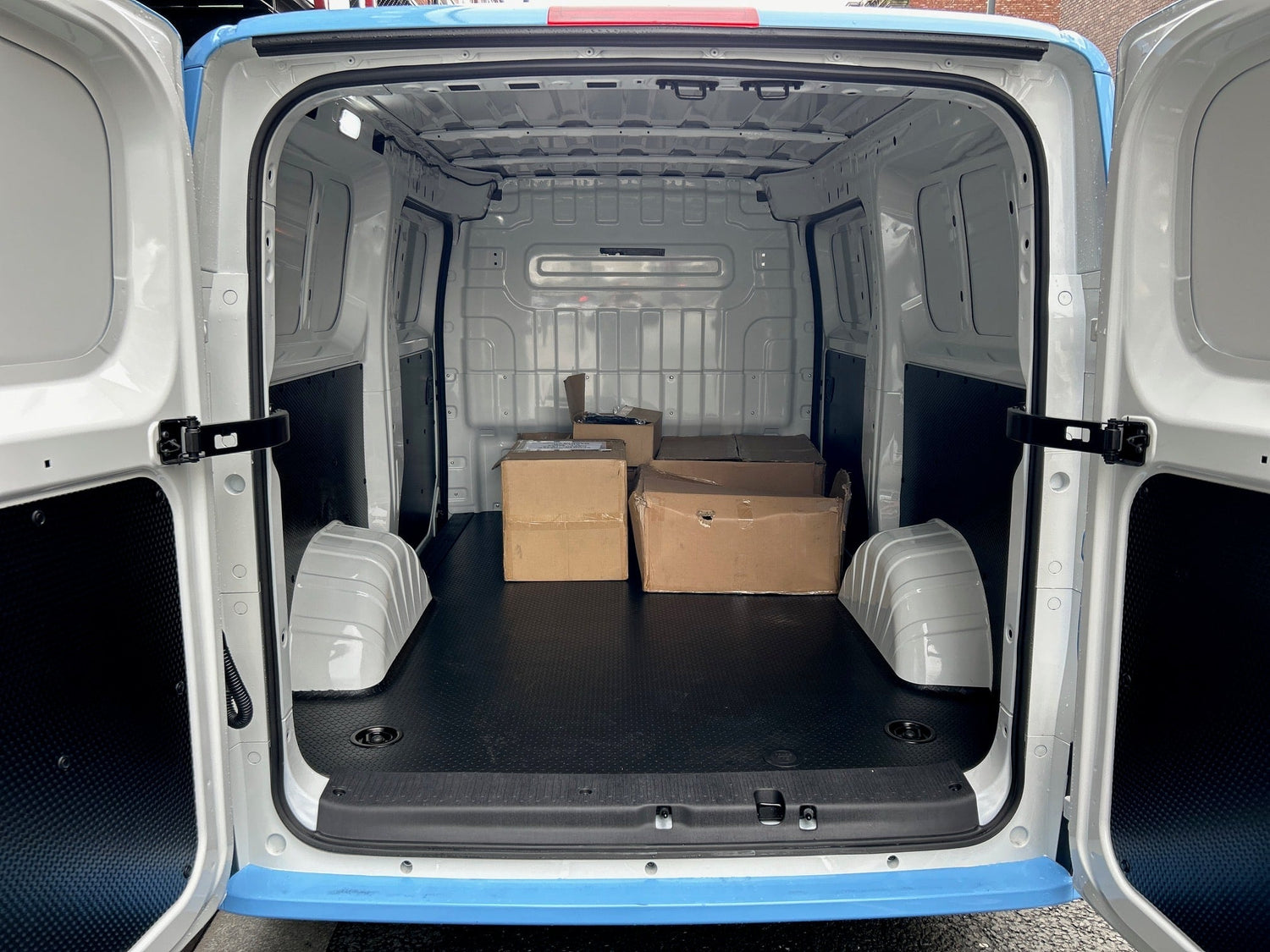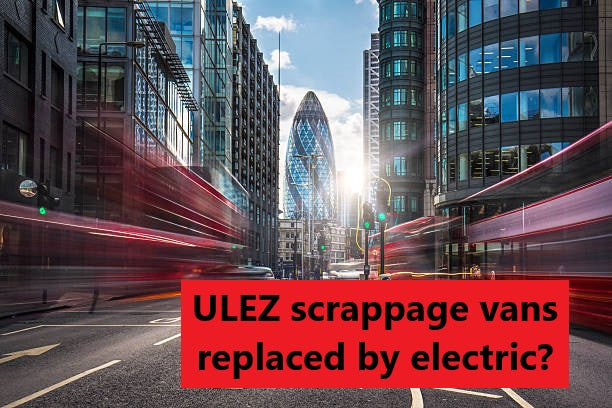The UK van market remains under pressure. According to the Society of Motor Manufacturers and Traders (SMMT), May 2025 saw LCV registrations fall by 11.8%, with 22,796 vans, pickups, and 4x4s registered. This marks the sixth consecutive month of decline.
Van Market Continues Downward Slide
April’s 14.9% drop—the worst since 2020—was followed by another sharp decline in May. While not quite as steep, the 11.8% fall confirms businesses are still reluctant to replace vehicles.
-
Large vans (≈60% of sales) were hit hardest, continuing their sharp decline.
-
Medium vans also saw a 9.2% fall compared to May 2024.
What’s Behind the Drop?
The SMMT cites several reasons for the ongoing slump:
-
A fragile economy, keeping businesses from making big purchases.
-
Low confidence among fleet operators and SMEs.
-
Tax changes—notably around double-cab pickups—making ownership more expensive, especially for construction and farming sectors.
Electric Vans Show Resilience
There is some positive movement. Battery electric vans (BEVs) grew 77.5% in April (1,686 units), doubling market share year-on-year to 8.3%. May slipped slightly to 7.6%, but EV adoption is clearly rising.
-
Nearly 40 different electric van models are now available in the UK.
-
Lower running costs and improved technology are encouraging uptake.
Market Response: New Models Emerge
Manufacturers continue to expand EV options despite uncertainty. Kia has entered the UK market with its all-electric PV5, available for pre-order from 1 May 2025.
Looking Ahead
The rest of 2025 will hinge on government policy: emissions rules, taxation, and fleet incentives. While diesel sales are in decline, electrification offers optimism. For sustainable growth, stronger support from buyers, government, and infrastructure will be essential.

